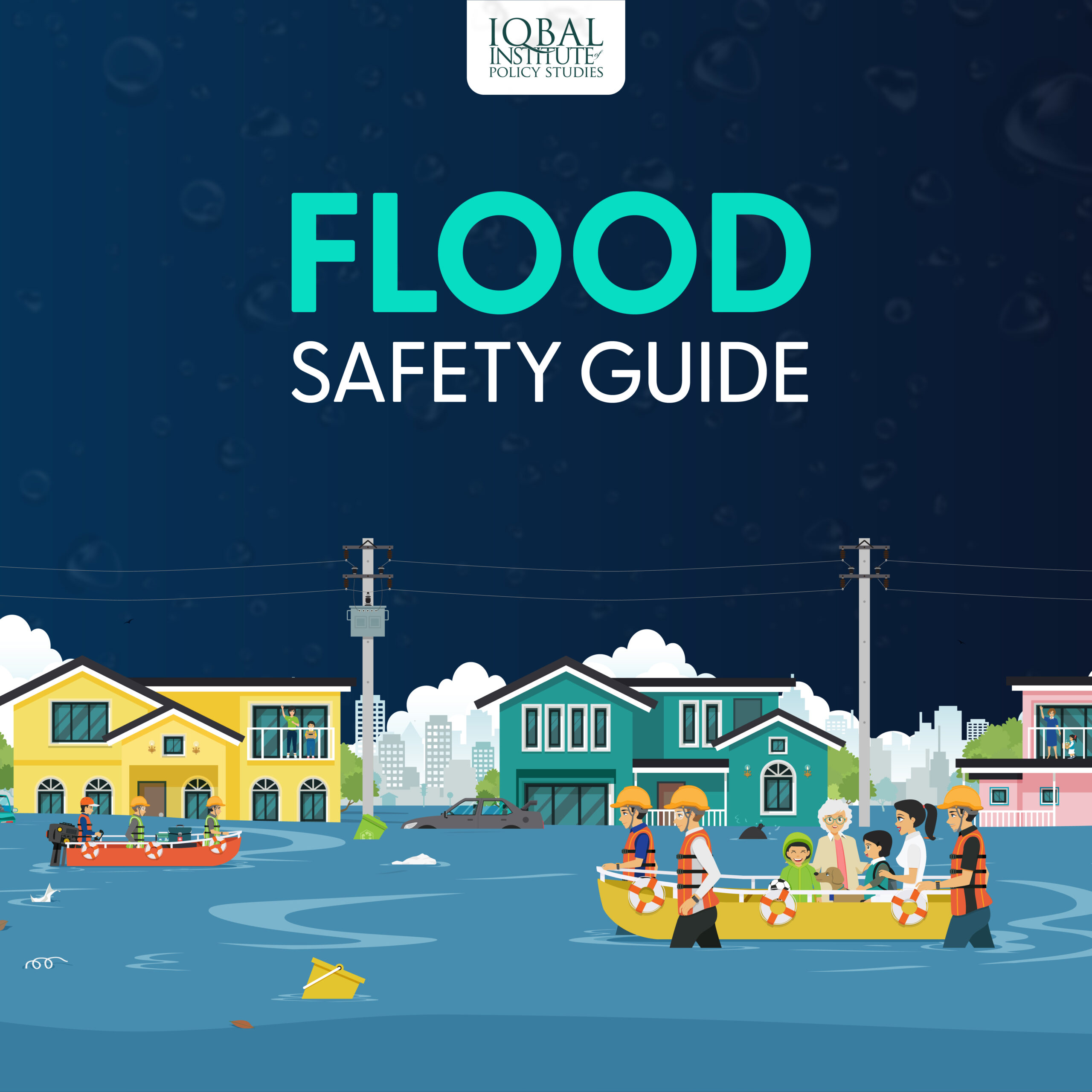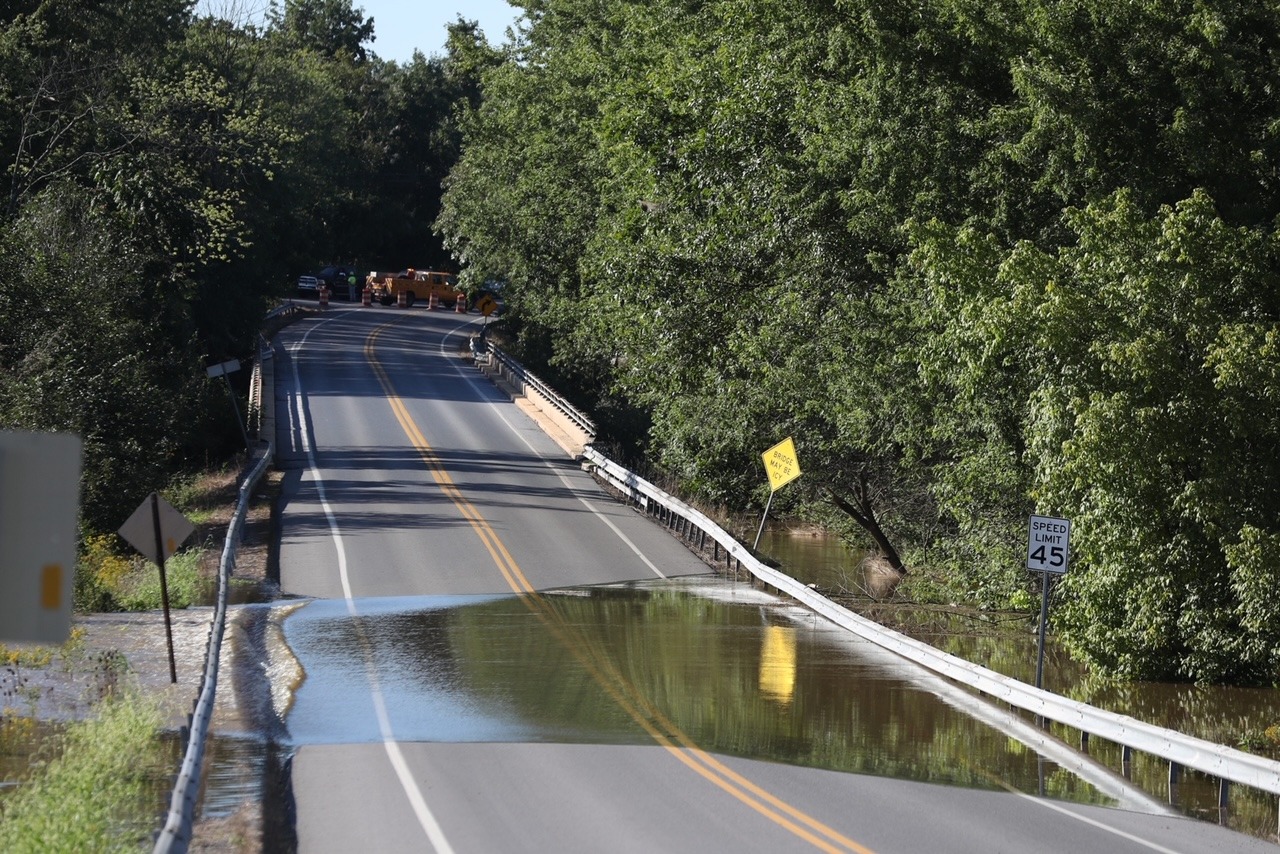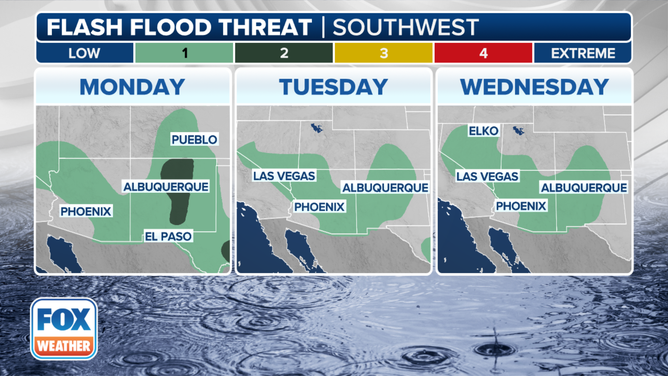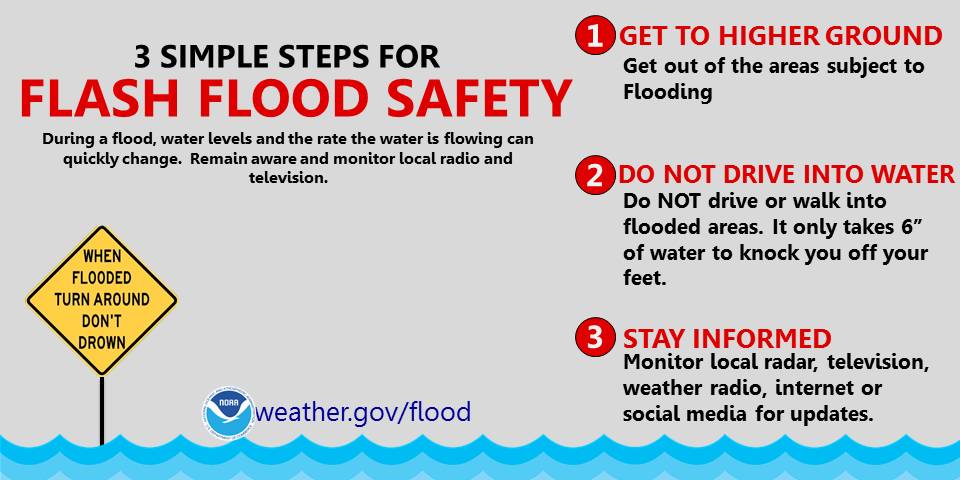Understanding Flash Floods: Flood Warnings And Safety Measures

Table of Contents
Recognizing the Signs of an Imminent Flash Flood
Identifying the signs of an impending flash flood is crucial for timely evacuation and safety. Being aware of both weather patterns and environmental cues can significantly increase your chances of avoiding harm.
Weather Conditions:
- Sudden heavy rainfall: Look out for periods of intense rainfall, especially if it's concentrated in a short timeframe (e.g., more than 2 inches of rain in a few hours). This is a major trigger for flash flooding.
- Rapidly rising water levels: Observe streams, rivers, and even normally dry areas. A sudden and significant increase in water levels is a critical warning sign.
- Dark, ominous clouds: The appearance of dark, heavy clouds often precedes intense rainfall and potential flash flooding. This visual cue can alert you to imminent danger.
- Localized heavy downpours reported in weather alerts: Pay close attention to weather alerts and warnings issued by your local meteorological services. They will often highlight areas experiencing intense rainfall.
- Thunderstorms with intense rainfall: Thunderstorms are notorious for producing torrential downpours in localized areas, increasing the risk of flash floods.
Environmental Cues:
- Rapidly rising water in low-lying areas: Observe low-lying areas and flood-prone zones closely. A rapid increase in water levels in these locations indicates a potential flash flood.
- Swollen rivers and streams exceeding their banks: When rivers and streams overflow their banks, it's a clear sign that flash flooding is underway or imminent.
- Debris flowing in normally calm waterways: The presence of debris, such as branches, logs, and trash, flowing in normally calm waterways signals a rise in water levels and potential flash flooding.
- Changes in water color or turbidity: A sudden change in the color or clarity of water can be an indicator of increased sediment and runoff, often preceding flash flooding.
- Unusual sounds of rushing water: Listen for unusual noises, such as the sudden roar of rushing water, which can be an early warning of a nearby flash flood.
Understanding and Responding to Flash Flood Warnings
Understanding the different types of flood warnings and knowing how to receive them is vital in responding effectively to a flash flood threat.
Types of Flood Warnings:
- Flash Flood Watch: A flash flood watch means conditions are favorable for flash flooding. Stay informed and be prepared to take action if necessary.
- Flash Flood Warning: A flash flood warning indicates that flash flooding is occurring or is imminent. Take immediate action to protect yourself and your family.
- Flash Flood Emergency: A flash flood emergency signifies severe flash flooding with widespread life-threatening conditions. Immediate evacuation is crucial.
How to Receive Warnings:
- NOAA Weather Radio: The NOAA Weather Radio provides continuous broadcasts of weather information, including flash flood warnings and other critical alerts.
- Weather Apps: Download reputable weather apps (like those from AccuWeather or The Weather Channel) to your smartphone for location-specific alerts and forecasts.
- Local News: Stay tuned to local news broadcasts and websites, as they provide up-to-date information on weather conditions and flash flood warnings.
- Emergency Alert Systems: Register for your region's emergency alert systems (like Wireless Emergency Alerts or similar) to receive timely warnings directly to your mobile phone.
Actions to Take During a Flash Flood Warning:
- Move to higher ground immediately: This is the most crucial step. Evacuate your home or workplace and seek higher ground as quickly as possible.
- Avoid driving through flooded areas – "Turn Around, Don't Drown": Never attempt to drive through flooded areas. The water depth may be deceiving, and the current could sweep your vehicle away.
- Do not walk or play in floodwaters: Floodwaters are often contaminated with dangerous substances and can carry strong currents.
- Unplug electrical appliances: To prevent electrical shock, unplug all electrical appliances and turn off the power at the breaker box.
- If trapped in a vehicle, attempt to escape and move to higher ground: If your vehicle becomes trapped in floodwaters, attempt to escape and reach higher ground. If you can't escape safely, stay in the vehicle until help arrives.
- Contact emergency services if needed: If you need assistance, contact emergency services immediately.
Essential Flash Flood Safety Measures and Preparedness
Proactive preparedness is key to minimizing the risks associated with flash floods. Developing a family emergency plan and taking home and vehicle safety precautions can make a significant difference.
Developing a Family Emergency Plan:
- Establish a meeting place: Designate a specific meeting place outside your home where your family can gather in case of evacuation.
- Identify evacuation routes: Plan several evacuation routes in case one becomes impassable due to flooding.
- Pack an emergency kit: Prepare an emergency kit that includes water, non-perishable food, a first-aid kit, medications, flashlights, batteries, and important documents.
- Practice your plan regularly: Regularly practice your emergency plan to ensure everyone knows what to do in case of a flash flood.
Home Safety Precautions:
- Elevate valuable possessions: Move valuable items to higher floors or areas less susceptible to flooding.
- Install flood barriers or sandbags (if applicable): If you live in a flood-prone area, consider installing flood barriers or sandbags to protect your home.
- Clear gutters and drains: Regularly clear gutters and drains to prevent water from accumulating around your home.
- Maintain proper drainage around your home: Ensure proper drainage around your home to divert water away from the foundation.
Vehicle Safety:
- Avoid driving in flooded areas: Never drive through flooded areas, even if they appear shallow. The depth and current can be deceiving and extremely dangerous.
- Never attempt to drive through fast-moving water: Fast-moving water can easily sweep vehicles away.
- Be aware of road closures and detours: Pay attention to road closures and detours announced by authorities to avoid hazardous areas.
Conclusion
By understanding flash floods, recognizing warning signs, understanding alert systems, and implementing these safety measures, you can significantly reduce your risk during these dangerous events. Take charge of your safety and develop a comprehensive flash flood preparedness plan today. Don't wait until it's too late; learn more about flash flood safety and protect your family. Being prepared for flash floods is not just about survival; it's about ensuring the safety and well-being of yourself and your community.

Featured Posts
-
 The Phone Rings Silent Her Continued Wait
May 25, 2025
The Phone Rings Silent Her Continued Wait
May 25, 2025 -
 Significant Downpours Prompt Flash Flood Warning In Pennsylvania
May 25, 2025
Significant Downpours Prompt Flash Flood Warning In Pennsylvania
May 25, 2025 -
 Exploring Dr Terrors House Of Horrors What To Expect
May 25, 2025
Exploring Dr Terrors House Of Horrors What To Expect
May 25, 2025 -
 Understanding Flash Flood Emergencies A Comprehensive Guide
May 25, 2025
Understanding Flash Flood Emergencies A Comprehensive Guide
May 25, 2025 -
 Flash Flood Warning How To Prepare And Stay Safe During A Flood
May 25, 2025
Flash Flood Warning How To Prepare And Stay Safe During A Flood
May 25, 2025
